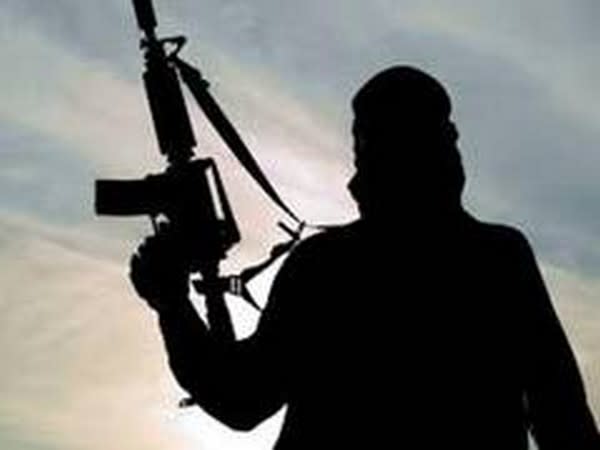Afghanistan's media freedom in retreat as security situation deteriorates amid Taliban advances

Islamabad [Pakistan], July 27 (ANI): As the security situation deteriorates amid Taliban advances, the biggest loss has been incurred by the media who are retreating from the captured areas, thereby undermining press freedom.
Ayesha Tanzeem, writing in Voice of America (VOA) said that the day the Taliban entered Balkh district, 20 km west of Mazar e Sharif, the capital of Balkh province last month, local radio station Nawbahar shuttered its doors and most of its journalists went into hiding.
Within days the station started broadcasting again, but the programming was different. Rather than the regular line-up, Nawbahar was playing Islamist anthems and shows produced by the Taliban, reported VOA.
The switch in programming is a far cry from how Nawbahar usually operated. The station started up in the northern province in 2004--broadcasting news and entertainment in Dari and Pashto languages.
Its experience reflected a growing trend for Afghanistan's independent media. As the security situation deteriorated, so did the situation for all the other gains the country made in the last 20 years, including press freedom, says Tanzeem.
As per a UK-based organisation, Afghanistan went from zero independent media under Taliban rule to 170 radio stations, more than 100 newspapers, and multiple TV stations since the US-led invasion of the country 20 years ago.
Now that foreign troops are almost gone and the Taliban have nearly doubled the territory under their control, many journalists working in insecure areas are fleeing to safety, reported VOA.
Nearly 50 journalists in territory newly under Taliban control have either been forced to leave or evacuated out of fear for their lives in recent weeks.
More than 20 media outlets have stopped operating, while others are forced to broadcast Taliban propaganda, according to Najib Sharifi, president of the Afghan Journalists Safety Committee that monitors threats against media.
"We have at least five media stations, private media outlets, that have been taken over by the Taliban, and through these five stations, Taliban broadcast their propaganda," Sharifi told VOA. "They have also stopped broadcasting of music and voices of women."
Sharifi said that in many areas the Taliban seems to be reverting to the same practices they used in the 90s when they ruled the country under a brutal Islamist code, under which women had no place in public life.
Afghanistan was already one of the most dangerous countries for journalists. Last week, Pulitzer Prize-winning Reuters photographer Danish Siddiqui was killed when the Afghan special forces he was embedded with came into direct contact with the Taliban.
Now, with the mass movement of journalists from some areas, the physical risks have compounded threats to the flow of free and impartial information at a time when accusations of human rights atrocities are rising from both sides, says Tanzeem.
As if physical threats and lack of access were not enough, journalists in Afghanistan are increasingly facing yet another hurdle--an avalanche of propaganda and fake news through social media, reported VOA.
"A significant amount of propaganda is being orchestrated and disseminated, mostly by the Taliban," Sharifi said, adding that it was becoming very difficult for journalists to filter between fact and fiction.
As per VOA, Journalists in Afghanistan say they are not just worried about their careers but the future of journalism. (ANI)

